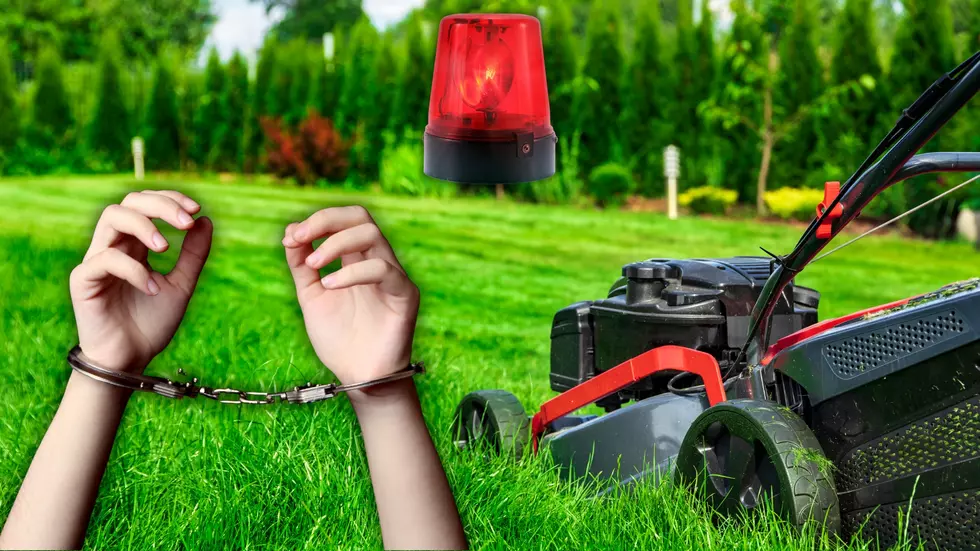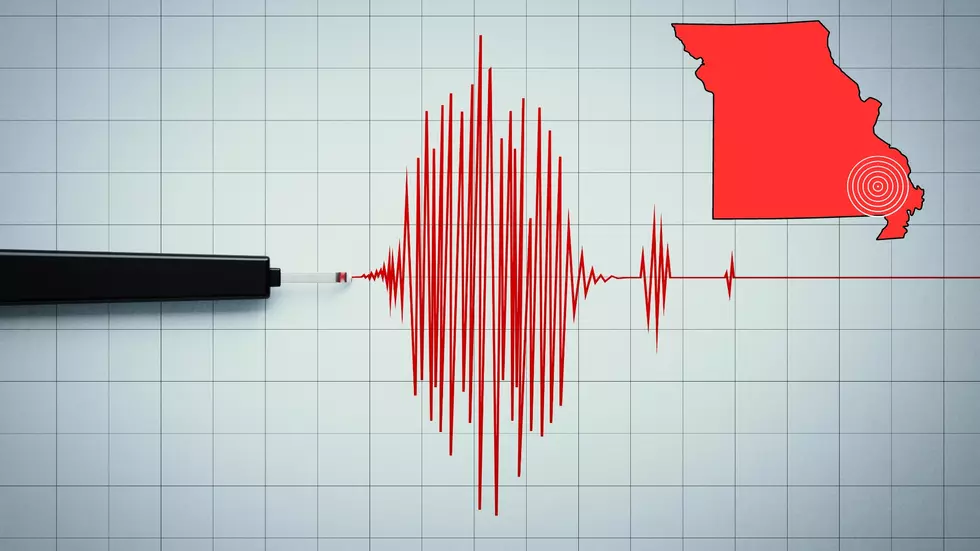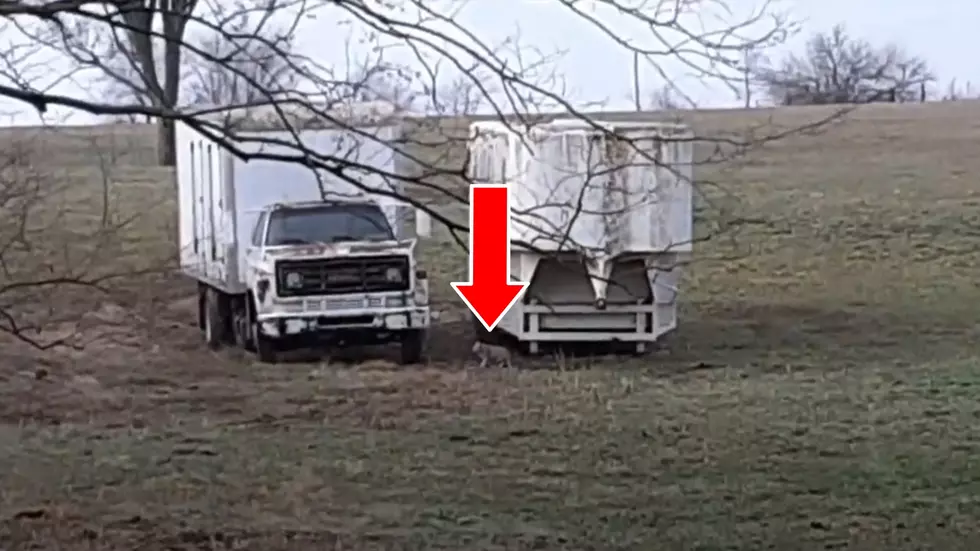
Corn & Moisture
URBANA – Crop ratings continue to slide as the crop shows visible symptoms of drought stress in those areas that have received little rain over the past six weeks.
According to University of Illinois crop sciences professor Emerson Nafziger, as of June 10 the National Agricultural Statistics Service (NASS) reports that the average crop height is a record-high 29 inches, but the corn crop is rated at only 56 percent good to excellent (G-E), and the soybean crop is at only 50 percent G-E.
Midwest Regional Climate Center data show that rainfall from May 1 through June 12 ranged from 2 to 5 inches in Illinois, with deficits ranging from 1 to 2 inches along and south of I-80. The large deficit in far southern Illinois was somewhat alleviated by rainfall on June 12, but dryness persists throughout much of the state.
According to the weekly NASS measures of the dryness of the surface and subsurface soil, 26 percent of the topsoil was “very short” of moisture, 52 percent was “short”, and 22 percent had adequate moisture on June 10. Subsurface numbers were similar with 28 percent having adequate moisture.
The Palmer Drought Index of June 5 showed most of Illinois except for the northeastern part as “abnormally dry,” which is the mildest form of drought. A small part of extreme southern Illinois had “severe drought” conditions. Areas north of the severe-drought area and in central-west central Illinois were in “moderate drought.”
“Despite these conditions, soils that can hold 2 to 3 inches of plant-available water per foot of depth should have had enough water to keep the crop growing through mid-vegetative stages,” Nafziger said. However, here are several indications that this year’s crop is feeling the drought.
Water use and photosynthetic rates are closely linked, so a decrease in water availability means a decrease in daily dry-matter production. Thus, even though the recent cooler weather has slowed water use and allowed the corn crop leaves to be out and active longer in the day before rolling up, lower temperatures also mean slower photosynthesis rates.
For corn planted in drier areas or in fields planted later in the season, the current dry period will result in smaller plants. If the weather remains dry, cells that make up kernels, silks, leaves, and seeds may also be restricted in size, with direct effects on yield.
Another problem with the corn crop is that in some areas, the root system was not able to tap the water in the soil. One cause was poorly-developed nodal roots, resulting in “rootless” or “floppy” corn. In some fields that were planted later or into drier soils, soils dried between the moist soil zones and the root ends, preventing the roots from reaching the moisture. Insect or disease problems also can keep roots from reaching moisture.
The soybean crop is also showing symptoms of lack of water. Some soybean fields planted into dry soils have poor stands in places, and others have roots that have not reached soil moisture.
“Leaves don’t roll in soybean as they do in corn, but instead tend to lose turgor and droop, in some cases dropping to vertical orientation,” Nafziger explained. “This helps them avoid sunlight and the heating that comes with it when there is not enough water to keep photosynthesis going, but it also means that they are doing no photosynthesis, which means they are not growing.”
Growth is an increase in plant dry weight, which happens only during photosynthesis in daylight hours and is often not visible to the eye. By forming sugars using the energy of sunlight, photosynthesis powers the processes that result in cell expansion, which occurs when water moves into cells to push out cell walls.
Taking water into cells is not really growth,” Nafziger said. “Still, the ability to photosynthesize and to form grain is affected by cell expansion, so having enough water so cells can expand fully is critically important to the plant.” Cells have to attract water from the rest of the plant to expand, so this process is quite sensitive to water availability.”
To see how well plants have been able to tap soil moisture, Nafziger advised looking at how plants are growing. Plants with enough water available will grow to normal height, while those that are unable to get enough water end up shorter than normal. “Plants do tell us, through their growth, how they are doing,” he added.
More From KHMO-AM 1070, News-Talk-Sports







